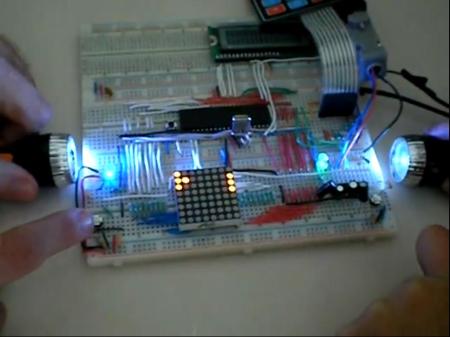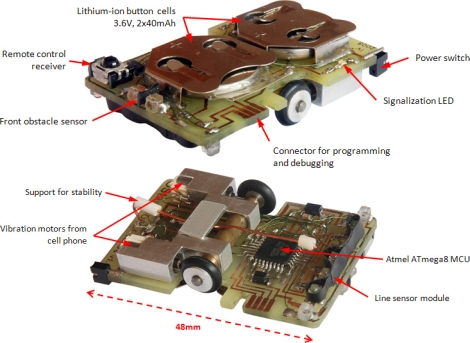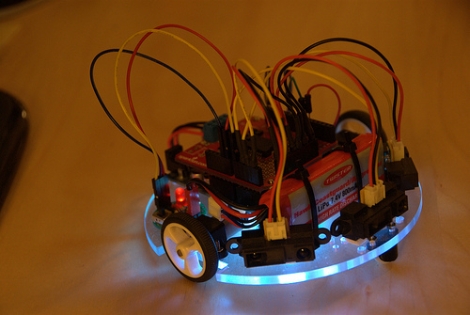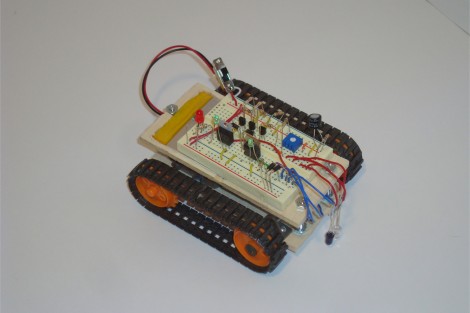[youtube=http://www.youtube.com/watch?v=lD4uFD7j0AU&w=470]
[Marco] has had some fun with OpenCV in the area of face tracking. Using an older laser project, he has cobbled together a system that will track a face and put a laser on it. While he is just using this as a proof of concept, it goes without saying that you probably shouldn’t mount a laser on a face tracker. However, stuffing this into a myKeepon wouldn’t be a horrible thing.
[Marco] shares the process of getting the OpenCV bit working in this writeup, you’ll have to refer back to his laser gun project for the physical build.
[via Adafruit]

















